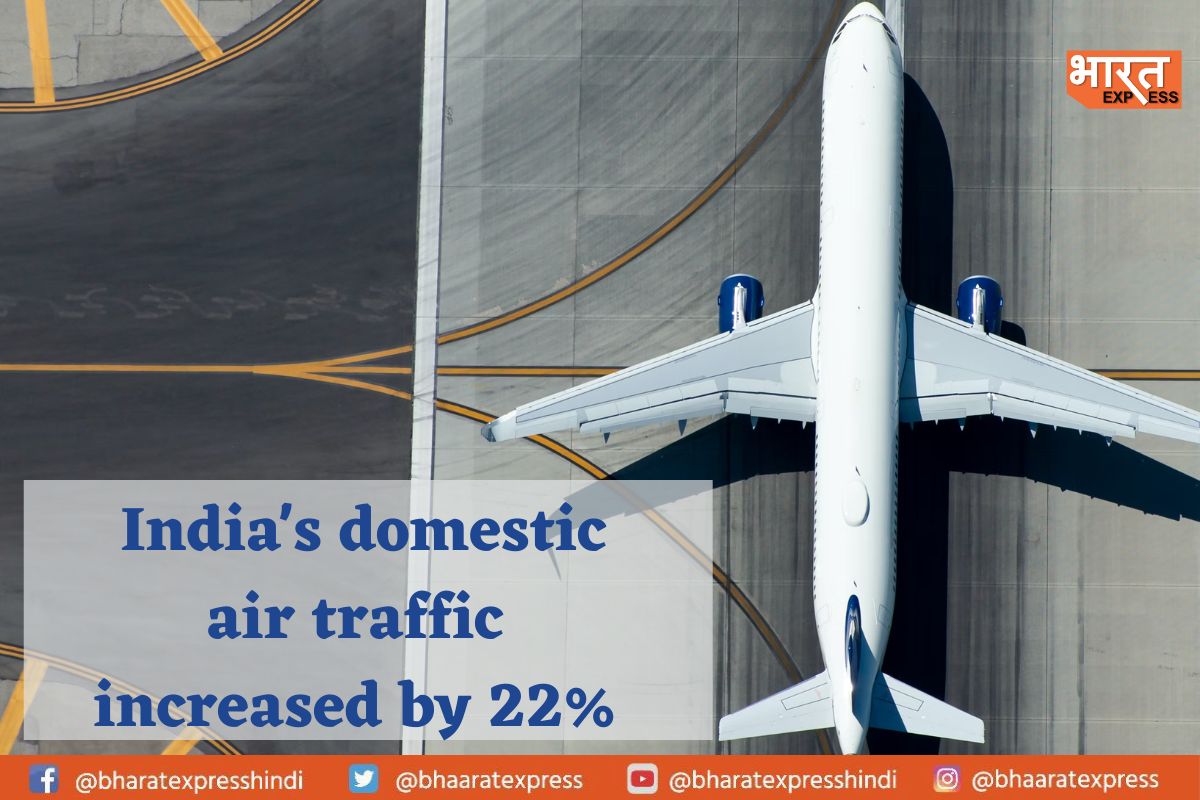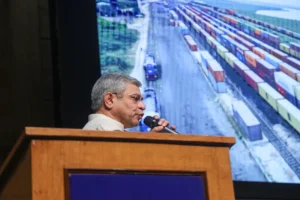
In comparison to April of last year, India’s domestic air traffic increased by 22%. According to data released by the Directorate General of Civil Aviation (DGCA) on May 19, the number increased to 128.88 lakh passengers carried. However, when compared to March 2023’s reading of 128.93 lakh passengers, domestic air traffic actually slightly decreased in April. Additionally, air traffic surpassed pre-COVID levels. Domestic airlines only carried 109.95 lakh passengers in April 2019.
After increasing by nearly 90 basis points in March and 130 basis points in February, IndiGo’s market share, the largest airline in India, surged by 70 basis points in April. Currently holding a 57.5 per cent market share, the low-cost airline carried 74.06 lakh passengers in April.
One-hundredth of a percentage point is referred to as a basis point. With a market share of 8.7% in April and 11.23 lakh passengers carried, Vistara maintained its position as the second-largest domestic carrier. Air India carried 11.13 lakh passengers in April, but its market share dropped 20 basis points to 8.6%. The airline has seen a decline in its market share of 20 to 30 basis points per month, from 9.2 per cent in January to 8.6 per cent in April.
In terms of market share, AirAsia India, which is also a member of the Tata group, moved up to position four. As the carrier carried 9.81 lakh passengers in April, its market share remained constant at 7.6%. SpiceJet’s market share dropped to 6. It was even lower than Go First, accounting for 5.8% of the domestic market, a 60 basis point decline since March. In April, the airline carried 7.41 lakh passengers.
Go First, formerly known as GoAir, saw a 50 basis point decline in its market share to 6.4 per cent in April. Since May 3, Go First has stopped flying due to a financial crisis.SpiceJet, Vistara, IndiGo, Air India, and AirAsia India’s passenger load factors, or occupancy rates, were 92.2 per cent, 92.1 per cent, 87.4 per cent, 87.9 per cent, and 89.4 per cent, respectively. GoFirst reported a passenger load factor of 91.2%. Moreover, Akasa Air’s ninth month of operation saw an increase in its passenger load factor from 73.6 per cent in March to 84.9 per cent. Furthermore, the airline carried 5.13 lakh passengers, accounting for a 4% market share. According to data, there were 360 passenger complaints in April. Around 0.28 complaints were made for every 10,000 passengers. For the second month in a row, Akasa Air had the best on-time performance in April at four major airports: Delhi, Bengaluru, Hyderabad, and Mumbai, with a 94 per cent rate. The following three were Air India, IndiGo, and Vistara.
To read more such news, download Bharat Express news apps


















